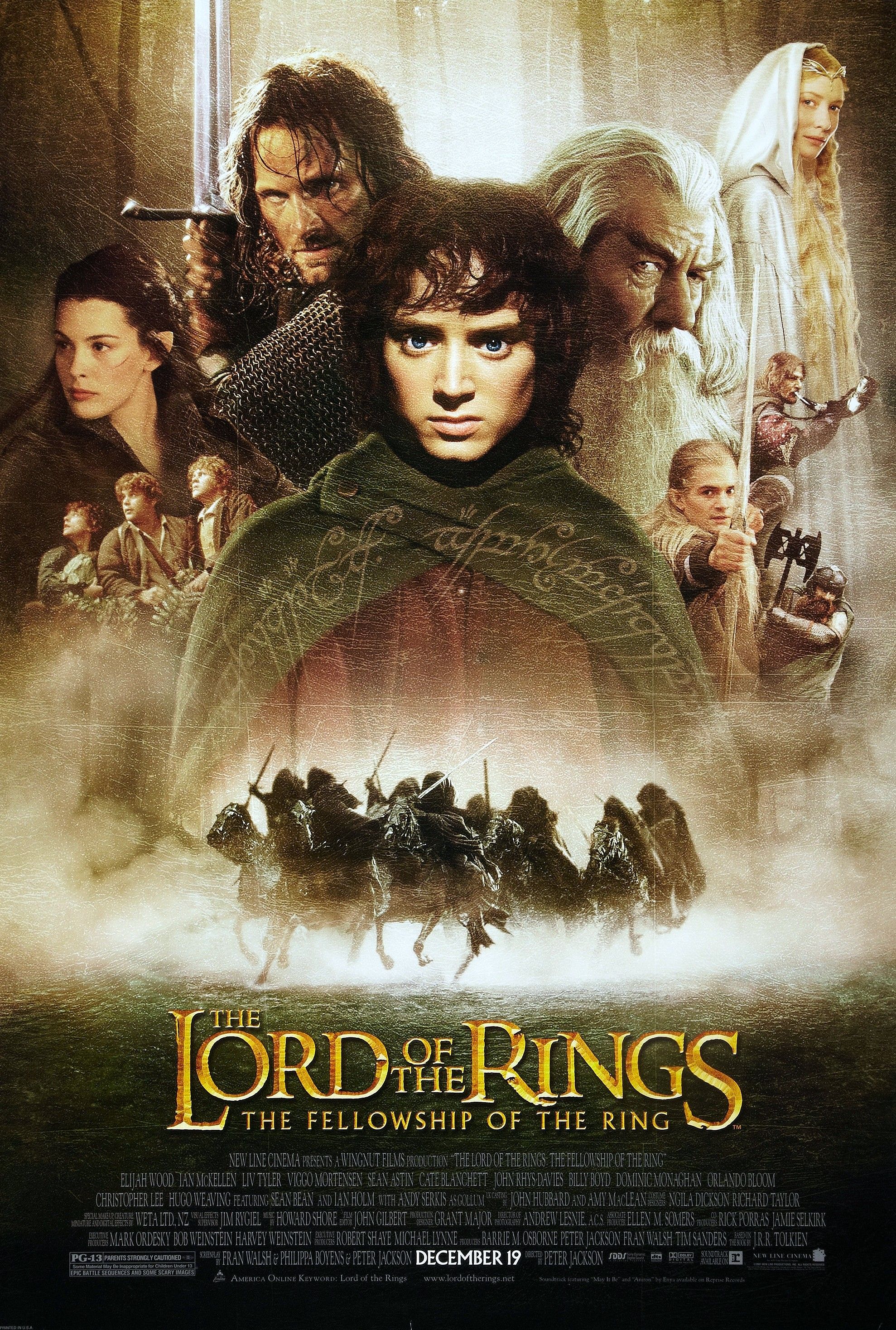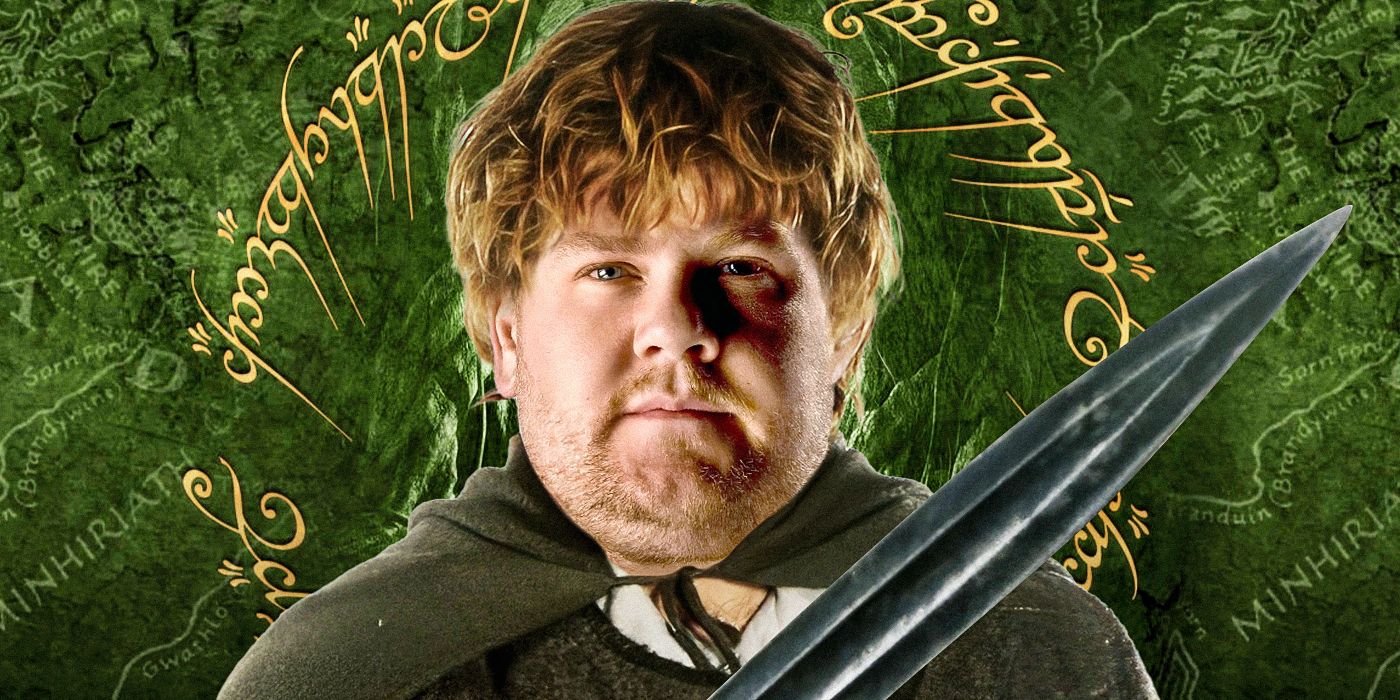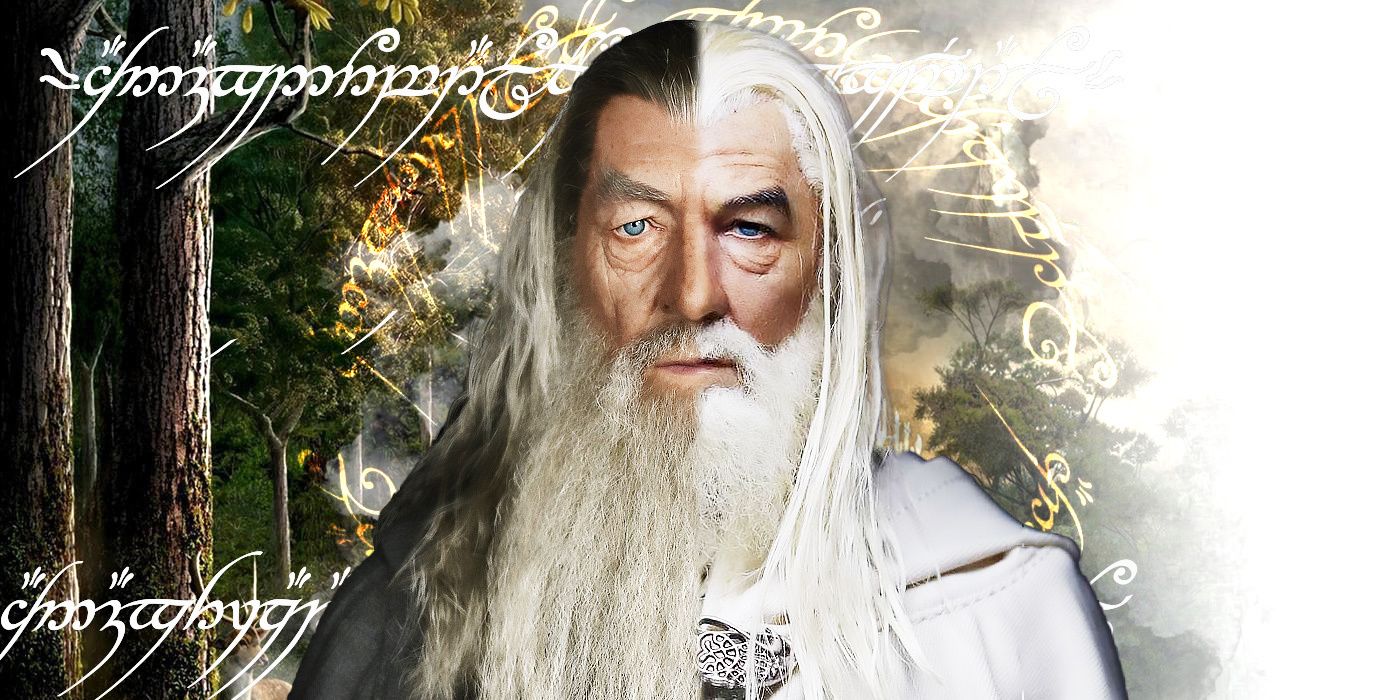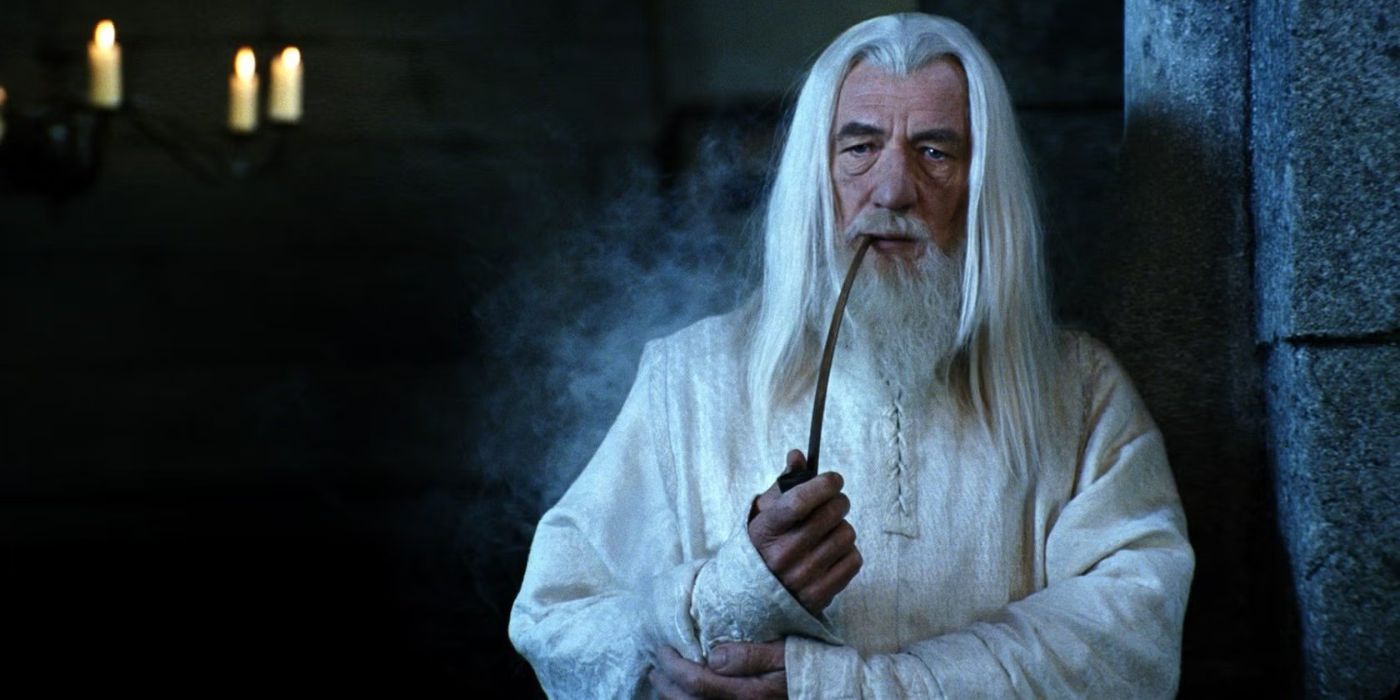The Big Picture
- In Lord of the Rings, Gandalf the Grey was an angelic spirit sent to Middle-earth to contest the influence of Sauron and played a crucial role in the downfall of Sauron.
- Gandalf's transformation into Gandalf the White was not just a change in his wardrobe, but also a significant increase in his power and abilities.
- Despite his transformation, Gandalf remained true to his task of guiding the Fellowship and ensuring the destruction of the Ring to save Middle-earth.
With his long gray robes, wide-brimmed pointed hat, and immense magical power, Gandalf the Grey is the archetypal wizard of modern fantasy. Sent to the shores of Middle-earth to contest the influence of Sauron — which is possibly shown in The Lord of the Rings: The Rings of Power — he was tireless in his task, and the only one of the five wizards assigned it to hold true until the end, according to J.R.R. Tolkien himself. As the Grey Pilgrim, Gandalf helped to seed the downfall of Sauron in The Lord of the Rings and even in The Hobbit through strategy and counsel, but along the way, he was slain. He was then sent back, transformed into Gandalf the White. This Gandalf was more directly involved in the final conflict of The Lord of the Rings. Yet it is as the Grey that Gandalf is best known, and Ian McKellen and Peter Jackson both preferred the first incarnation of the character. A casual fan may wonder why Tolkien wrote in a change of wardrobe at all. Wonder no more.

The Lord of the Rings: The Fellowship of the Ring
A meek Hobbit from the Shire and eight companions set out on a journey to destroy the powerful One Ring and save Middle-earth from the Dark Lord Sauron.
- Release Date
- December 19, 2001
- Director
- Peter Jackson
- Cast
- Elijah Wood , Ian McKellen , Orlando Bloom , Sean Bean , Alan Howard , Sean Astin , Andy Serkis , Viggo Mortensen
- Runtime
- 178 minutes
Who Is Gandalf in 'The Lord of the Rings'?
Gandalf, like all the five wizards of Middle-earth, was a Maia, an angelic spirit of the same order as Sauron. It was the persistence of Sauron’s power into the Third Age that made the Valar, a higher order of spirits analogous to archangels, wish to send emissaries to aid and inspire the Free Peoples of Arda (Earth) who resisted evil. The emissaries would be Maia, clothed in the bodies of Men advanced in age but possessed of great physical and mental ability. So embodied, they would lose a great deal of their spiritual power; they were not meant to exercise force nor to coerce anyone to act. They would be subject to weariness, hunger, injury, and the risk of death. Possessed of free will, they could also be tempted away from their task.
In Unfinished Tales, a collection of essays and story fragments Tolkien left behind, it was the Maia Olórin who became incarnated as Gandalf. He was proposed for the task by Manwë, wisest of the Valar, though Olórin initially begged not to be sent. He wasn’t up to the task, he insisted, and he feared Sauron. But in Manwë’s eyes, that was all the more reason Olórin should go. Thus ordered, he arrived at the shores of the Grey Havens as the third of the Istari (wizards) in the Third Age, appearing the smallest and most aged of them. Yet Círdan the shipwright, who greeted Olórin upon his arrival, perceived him as the greatest of the Istari and gave him the Elven Ring of Fire to aid him in his labors. But the ring, and the power he still possessed, were kept veiled in weathered gray robes.
Gandalf the Grey Helped Guide the Hobbits and the Fellowship
While Saruman the White settled in Orthanc, Radagast the Brown in Rhosgobel, and the two Blue Wizards journeyed beyond reach into the East, Gandalf the Grey (as the Men of Middle-earth named him) wandered throughout the West, where the Elves and the descendants of Númenor opposed to Sauron were strongest. He became a good friend to the Elves and to hobbits, while with Men he could be warm and irascible by turns. If Lady Galadriel of Lorien had her way, Gandalf would have been the head of the White Council formed to unite the West against Sauron. But Gandalf refused the position in favor of independence. He could move the Council at need, as when they put forth their power to drive the Necromancer — Sauron in disguise — from the fortress of Dol Guldur in Mirkwood, a business which took him away from the dwarves’ quest in The Hobbit. That quest was one he had helped to organize as a means to take Smaug away as a potential ally for Sauron. All this holds true in Tolkien’s books and Jackson’s films, though the timeline and details differ markedly.
All this, Gandalf did when known as Gandalf the Grey for his ashen robes. The chief of the Istari remained Saruman the White, who also headed the White Council. But Saruman fell to the temptations of pride and impatience, and became both a faithless servant and doomed imitator of Sauron. With the Blue Wizards lost in the East and Radagast nowhere to be found, Gandalf was the only one of the Istari to guide the Fellowship in their quest to destroy the Ring. When the Fellowship was faced with a Balrog, a corrupted Maia of shadow and flame, Gandalf gave his own life to destroy it.

‘The Lord of the Rings’ Almost Had a Very Different Samwise Gamgee
"I can't carry it for you...but I can carry you!"Gandalf Returned From Death As Gandalf the White
Being an incarnated spirit, “death” for Gandalf had a different meaning than if any of the hobbits or Men of the Fellowship had fallen. Yet even by those standards, Gandalf’s fate was unusual. Instead of returning to Valinor, the Undying Lands of the West, his spirit was taken “out of thought and time,” only to be reclothed in mortal form and sent back to see his task completed. The Lord of the Rings, The Silmarillion, and Tolkien’s private letters imply that this was an act of divine intervention — that the Valar would have been bound by the laws of space and time, but Eru Ilúvatar (God) personally intervened at that moment to change the fate of Middle-earth. Thus reincarnated, Gandalf was delivered to Lothlórien, where he received his white robes. The films push the physical differences further by having the white wardrobe as pristine as the gray one was weathered and dirty, by giving Gandalf the White more managed hair, and by making him unable to handle his pipe weed after his return.
But it was more than a wardrobe and a smoke tolerance that changed. When Aragorn, Legolas, and Gimli mistake Gandalf for Saruman in The Two Towers, he tells them: “Indeed I am Saruman, one might almost say, Saruman as he should have been.” While still tasked to advise and counsel rather than apply force, Gandalf as the White had more power to “reveal” his true strength. He freed King Théoden from evil influence, broke Saruman’s staff and expelled him from the White Council, and repelled the Ringwraiths with his unveiled power. The fall of Denethor to despair left Gandalf to command the defenses of Minas Tirith. And when the time came for the final battle with Sauron before the gates of Mordor, Aragorn and the other lords of the West named Gandalf their leader (a detail not carried over into the films). All the while, his memories and personality remained, though the extremes were more pronounced; Merry describes him in The Two Towers as “kinder and more alarming, merrier and more solemn than before.” Unfinished Tales presents the contrast between Gandalf and Sauron at this point as “the fire that kindles, and succors in wanhope and distress” against “the fire that devours and wastes.”
The Battle of the Black Gate was meant as a distraction from the true plan, one Gandalf oversaw when still Gandalf the Grey: Frodo’s quest to destroy the Ring. His greater power in white did not allow Gandalf to know that Frodo and Sam were in any position to carry out their mission, and he could not use even the full measure of his strength to ensure their success; to attempt such would have betrayed his own appointed role. But Gandalf the White, through actions direct and circuitous, did succeed in placing the greatest forces of Men in opposition to Sauron where they could best help see the Ring destroyed, beyond what he could achieve as Gandalf the Grey. And he was still clad in white when he departed the shores of Middle-earth. “I was the enemy of Sauron,” he tells Aragorn in The Return of the King, “and my work is finished.”
The Lord of the Rings is available to stream on Max in the U.S.


